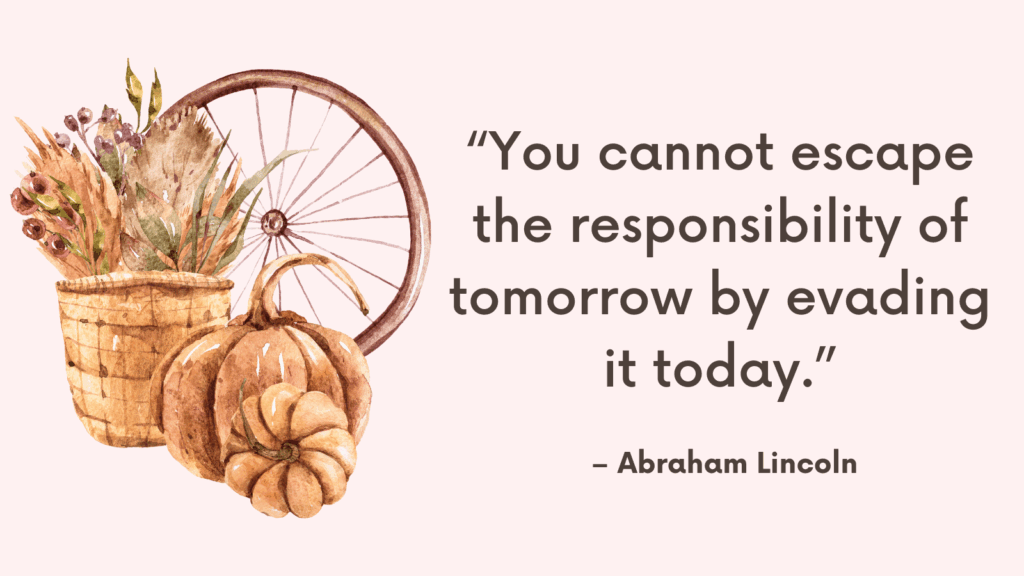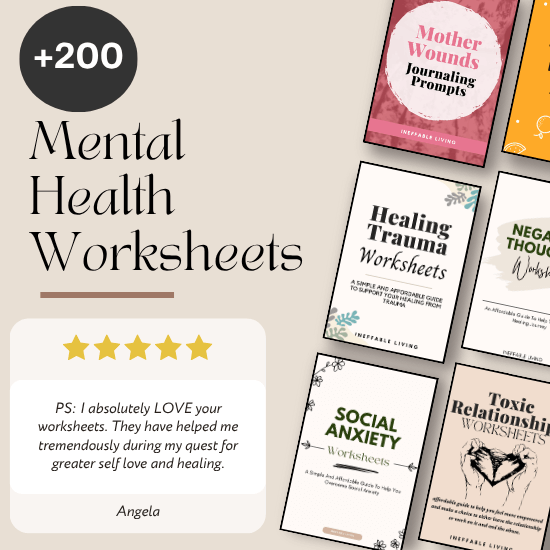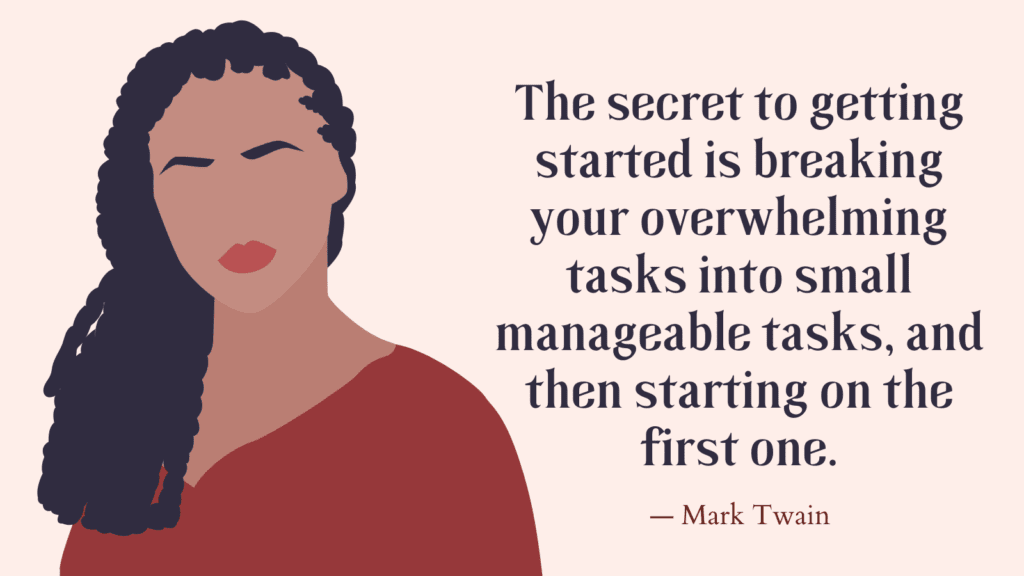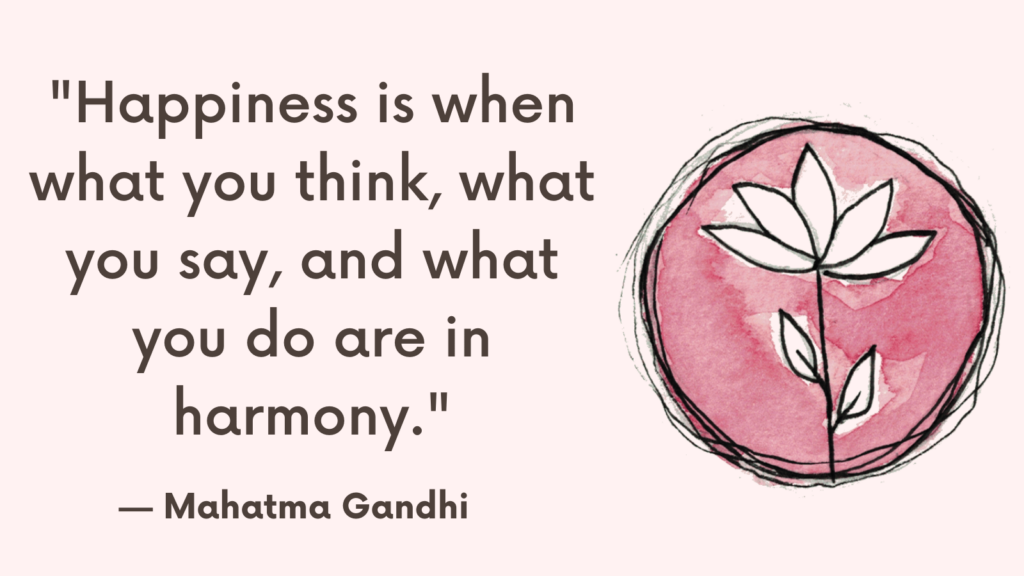Procrastination often feels like a wall you can’t push through — especially when tasks seem overwhelming, boring, or anxiety-inducing. But you don’t need a perfect plan or a full hour of motivation to start.
You just need ten minutes. When used intentionally, short intervals can reduce resistance, create momentum, and make daunting tasks feel doable.
Here’s how to use 10-minute blocks to beat procrastination, one small step at a time.
Why Procrastination Feels So Hard to Break
Procrastination isn’t about laziness. It’s often rooted in stress, perfectionism, fear of failure, or mental exhaustion. For many, the task feels so overwhelming that it’s easier to avoid than begin. Especially when:
- You’re already mentally drained
- The task feels too big or unclear
- You’re afraid it won’t be “good enough”
- You don’t know where to start
- You feel guilty for not starting sooner
The longer you wait, the heavier the task becomes—and the harder it is to face.
How to Overcome Procrastination in 10-Minute Intervals?
1. Pick One Small Task — Not a Whole Project
Instead of saying, “I need to clean the house,” say, “I’ll tidy this one surface for ten minutes.”
Break the task into its smallest part. Overwhelm thrives on vagueness — clarity makes action possible.
2. Set a Timer and Commit to Just Ten Minutes
Use a timer to create a boundary. You’re not committing to finishing the task — just starting it.
Knowing there’s an end point reduces internal resistance and makes the task feel safer to begin.
3. Use the First Minute to Breathe and Focus
Before starting, close your eyes and take a few deep breaths. Let your body know it’s safe to begin.
This short pause shifts you from avoidance mode into intention mode.
Related: Are You a Procrastinator Quiz? (+ Best 40 Tips To Stop Putting Things Off)
4. Remove One Distraction (Not All of Them)
You don’t need a perfect environment. Just silence one notification, close one tab, or move your phone slightly away.
Removing one barrier helps you access focus without feeling like you need to overhaul your entire space.
5. Start With Low-Effort Actions
Ease into the task with something non-threatening. If you’re writing, start by opening the document. If you’re cleaning, begin by putting one item away. These simple actions create movement — and movement creates momentum.
6. Celebrate the 10-Minute Mark — Even If You Stop There
Finishing ten minutes is a win. Let it count.
Even if you stop after the timer goes off, you’ve already succeeded in overcoming the hardest part: starting.
7. Check In With Yourself Before Continuing
After the timer ends, ask: Do I want to stop or keep going?
No guilt if the answer is stop — that means you showed up and honored your limit. If the answer is continue, reset the timer and go again.
Related: Best 15 Books On How To Stop Procrastinating
8. Use It as a Reset, Not a Punishment
These intervals aren’t a test or a productivity hack to force yourself into discipline. They’re small containers of time meant to help you reconnect with action gently. There’s no failure — only learning.
9. Track What Works Best for You
Some tasks are easier to break into ten-minute blocks than others. Notice what times of day, environments, or tasks work best with this method. Build from your own data, not someone else’s system.
10. Repeat When Resistance Returns
Procrastination isn’t a character flaw — it’s often a signal of emotional overwhelm, fear of failure, or perfectionism. Using ten-minute intervals gives you a way to act without needing to overcome everything at once.
Every time resistance returns, meet it with: “I’ll just start for ten minutes.”
Why 10-Minute Intervals Actually Work
Committing to just 10 minutes removes the emotional weight of “finishing” and shifts focus to simply “starting.” This method is effective because:
- It lowers the barrier of entry—anyone can handle 10 minutes.
- It bypasses perfectionism by emphasizing progress, not completion.
- It activates momentum—starting often leads to continuing.
- It rewires your brain to associate tasks with action instead of dread.
- It respects your limited mental bandwidth on tough days.
Most importantly, it gives you permission to stop after 10 minutes—which paradoxically makes you more likely to keep going.
Related: Best 50 Affirmations For Procrastination

Conclusion
You don’t need to be motivated or fully ready — you just need ten quiet minutes of willingness. One small action, done gently and consistently, builds trust in yourself. And from trust, momentum grows.



